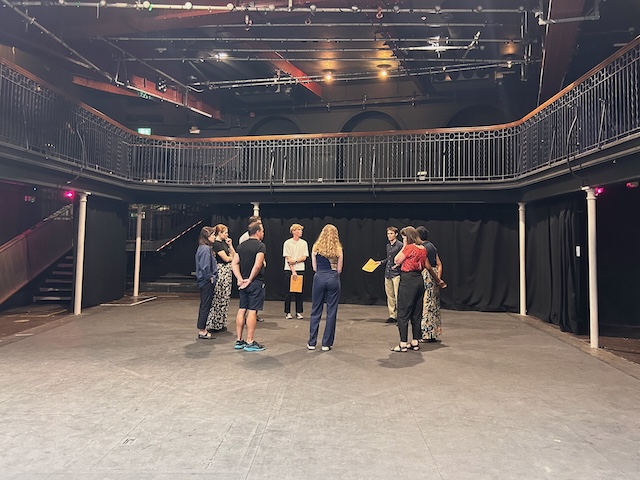This week I facilitated the final sessions in our Critical Thinking series for the Useful Simple Trust.
The programme takes participants through four rooms in the mind of a critical thinker. We began by gathering data in the Observatory, analysing these inputs in the Map Room, and then deciding between courses of action in the Decision Engine.
This final stage is called the Agora, from the Ancient Greek for marketplace. This workshop is about stepping into the public square to speak persuasively.
We held the sessions in a real theatre—a technique I first experienced 16 years ago on a training course with Linda Meyer, when I began working at the Useful Simple Trust.
But before we stepped on stage, we began in Catalytic mode— a conversational style I learned from Nick Zienau on another formative course. Catalytic Style builds trust and empathy — two essential elements of persuasive communication.
The final piece in this persuasion triptych is clarity. For this, we used the stage itself—moving across it to physically map out our key points and structure an argument in space.
To conclude, participants gave short presentations that drew on key insights from across the programme, using techniques from the workshop to build compelling, well-structured arguments grounded in critical thinking.
With the final curtain drawn, the ball is now in the court of the participants. The real work begins in applying this thinking to daily practice. That’s when the hard work starts — but as we like to say at Constructivist, you only learn when you do difficult things.

